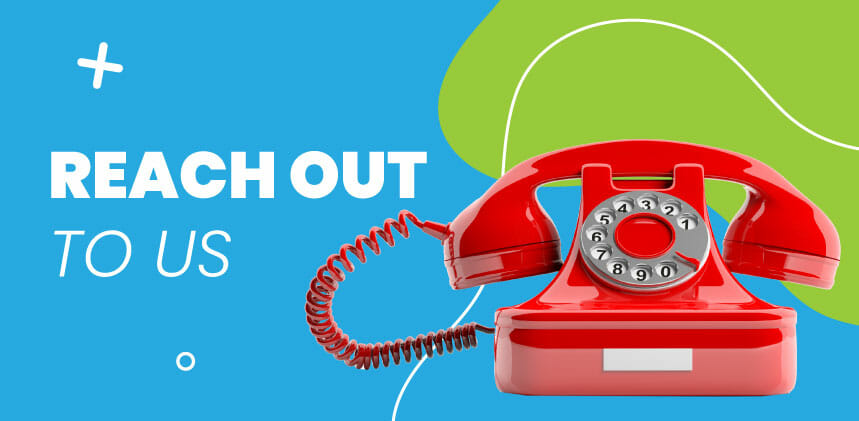No waterfowl were harmed
in the writing of this guide.
I often find myself wondering, “Do business leaders think leads come from a lead fairy with a magic wand”? If only. As a team of marketing professionals with years of experience, we not only get meetings marketing but also have a deep bench of teammates who cut their teeth in ad agencies. We see leads as the golden eggs of Grimm brothers fame. If you discovered a goose that lays golden eggs, how would you, the enterprising farmer, maximize your prosperity?
Use, Don’t Abuse Your Golden Goose
DMOs—and really any B2B businesses centered on leads as its main form of customer acquisition—often attempt tactics that border on abusing the golden goose to keep leads flowing to the sales team. Often, this takes the form of force-feeding the goose and then giving up on feeding the goose at all when egg production doesn’t multiply by the next board meeting. It may be unconscious or in response to pressures from leadership on high, but the damage to your lead pipeline could ultimately have the same result.
Stephen Covey’s famous dictum, “begin with the end in mind”, does not mean “develop tunnel vision so severe that your eyes atrophy and you’re hiking blind”.
Sales-qualified leads don’t materialize out of thin air, and your golden geese cannot lay on lead forms alone. Every lead was once a planner assembling a short list of destinations to research more in depth. A healthy lead flow requires a well-balanced diet of awareness-, consideration-, and conversion-focused marketing. Before the customer can submit a lead or RFP, they have to be familiar enough with your destination to consider it as an option.
Awareness: Do They Know and Remember That You Exist?
If so, do they think of you as an attractive meetings destination? Planners might misperceive your city as rundown, unsafe, too spread out, or too remote for attendees to get to. They might not know you have a hotel product suitable for large events or that your convention center just underwent renovations to host multiple small events simultaneously.
Another challenge? They might know your destination only as a vacation destination. Take Park City, Utah, for instance. The mountain resort town is the famed site of the best ski resorts in the world, the annual Sundance Film Festival, and the all-around winter playground of the rich. But what you may not have known is that Park City is an idyllic, year-round destination with facilities and activities perfect for meetings and incentive trips. That’s where the power of education comes in. Digital Edge designed two separate media campaigns for Park City to show planners just how perfect the destination is for meetings and incentives programs for small groups (awareness + consideration).
Takeaway #1:
Dedicate around 50% of your budget to brand-building campaigns to fill your top-of-funnel. It sounded high to us at first, too, but the research is clear!
You wouldn’t accept a marriage proposal on the first date … so why should a meeting planner submit an RFP just because they saw a big banner reading, “Submit an RFP”? They need to get to know you and your offerings before they take that next step.
Consideration: Get On the Short List
Think of this as the education phase. As the planner is preparing recommendations for presentation to the main decision makers, she’s mentally assembling a short list of options. She might have a feeling or mental image associated with each destination, but doesn’t necessarily know every detail about each DMO’s meetings product or other offerings.
At this phase, she’s doing the research and eliminating options that are too small, too inaccessible, or lacking some amenity she needs. She won’t even bother looking into destinations of which she knows nothing or, even worse, has a negative perception. Even if they consciously seek objective information and data, people unconsciously make decisions based on perception, feeling, or gut instinct, which is relatively intangible. The data is used to confirm the decision their gut has already made.
Takeaway #2:
Dedicate around 50% of your budget to brand-building campaigns to fill your top-of-funnel (that’s right, this is both the first and second takeaway).
Why is this important? If you have not laid the awareness groundwork, you won’t make it to the consideration (research) phase. You are already out of the running.
It’s All About Brand Building
Brand building marketing takes a bit of time to increase and might, over the short term, even appear to level off—but it’s important. Brand building creates an emotional association your prospective clients will remember for years. It also builds on itself and, for most B2B and B2C businesses, exceeds the impact of sales activation campaigns in six months and will only continue to grow. Keep in mind that the meetings industry has a longer sales cycle, so it will take longer than six months.
Slowly but surely, brand marketing will create a large base of prospects who know who you are and have positive emotions associated with your DMO—such as intrigue, FOMO (fear of missing out), feelings of trust and safety, and even curiosity.
Think about your favorite Super Bowl commercials. You might not remember the exact plot points, but you do remember the overarching story and the emotions it evoked. You remember the puppy who got separated from his Clydesdale friend for a fraught 12 seconds and the warm and fuzzies you felt when they reunited. Narrative creates a cohesive path for the brain to follow and emotion helps the information make a mark.
Ads focused on sales promotions might spur reactions among people already in the market to buy, but this is short-term. Sales will fade once those folks make their purchase. Think of those horrific car dealership commercials with a guy in an ill-fitting suit squinting against direct sunlight and the glare off the car windshields, screaming about how prices have never been lower. If you were already hunting for a new car, you might check out the website or drive by the lot to see what they have to offer. But if you weren’t planning on trading in your car anytime soon, would that commercial create a positive association with that dealership? Would you think of it as a great place to complete one of the most high-pressure, stressful, and costly transactions in all of American commerce?
It might seem silly, touchy-feely, or arts-and-craftsy, but the truth is that people make decisions based on their gut. Rational decision-making and analysis of facts and figures are only used to confirm what they already decided. Don’t neglect the heart when you pursue the mind.
Takeaway #3:
Don’t kill a golden goose to harvest the eggs. The opportunity cost (the value of all future golden eggs the goose won’t be alive to lay) is too high.
Rather than dumping all of your money into ads focused on your room rebates or special prices–which cheapen your brand and will decrease the amount planners will pay over the long term–focus your attention (and ad spend) on building up a positive perception of your brand. People will pay more for something they perceive to be of high value and quality.
Don’t get tunnel vision by focusing on immediate leads over profitability. Your ultimate goal as a DMO is to transform modest amounts of funding into a river of cash to support infrastructure, fund community projects, and provide jobs, right? Orient your marketing around transforming that $1 of funding into $10 of revenue for the community. Want to learn more?







